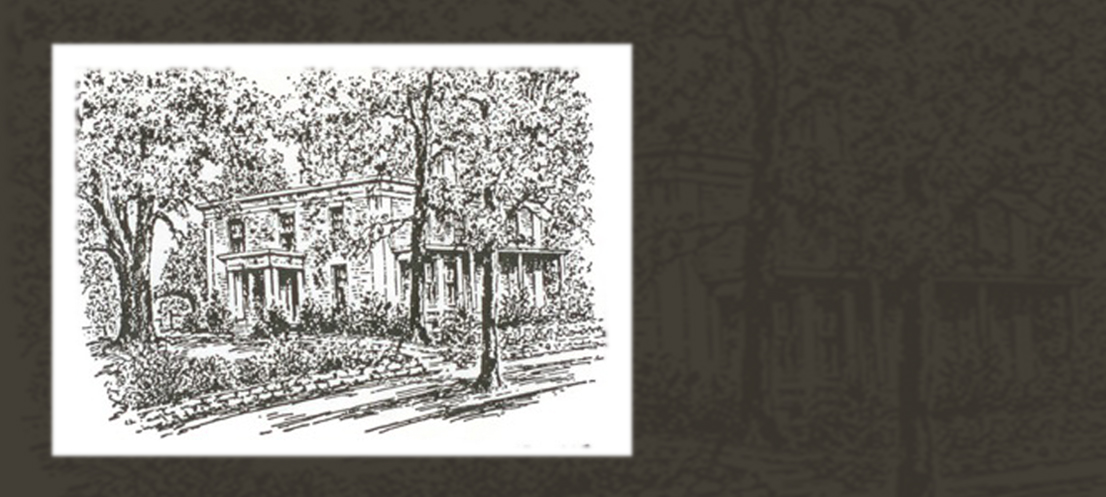Local history Day at the Freedom Center
September is International Underground Railroad Month. The Cincinnati Underground Railroad Freedom Center is celebrating on September 10th from 10-4 by inviting local citizen historians to set up displays and be available to talk about our local abolitionist history. This is a Fifth Third Foundation Free Family Sunday and all are encouraged to attend. HamiltonAvenueRoadToFreedom.org with
+ Read More




















